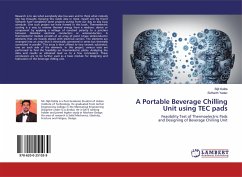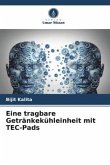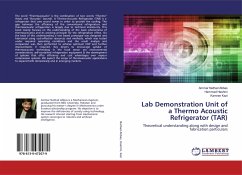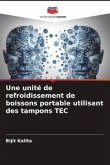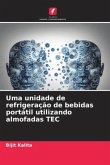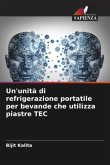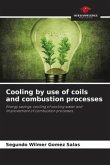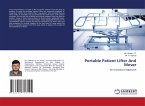Research is to see what everybody else has seen and to think what nobody else has thought. Keeping this noble idea in mind, myself and my friend Sidharth have completed some projects outing from our day to day busy schedule. One such project we have framed in this book. Thermoelectric cooling is a way to remove thermal energy from a medium, device or component by applying a voltage of constant polarity to a junction between dissimilar electrical conductors or semiconductors. A thermoelectric module consists of an array of pand n-type semiconductor elements that are heavily doped with electrical carriers. The elements are arranged into an array that is electrically connected in series but thermally connected in parallel. This array is then affixed to two ceramic substrates, one on each side of the elements. In this project, various tests are performed to find the feasibility on thermoelectric plates. Analyzing the data and results so obtained lead us to a few conclusions. These conclusions are to be further used as a basic module for designing and fabrication of the beverage chilling unit.

